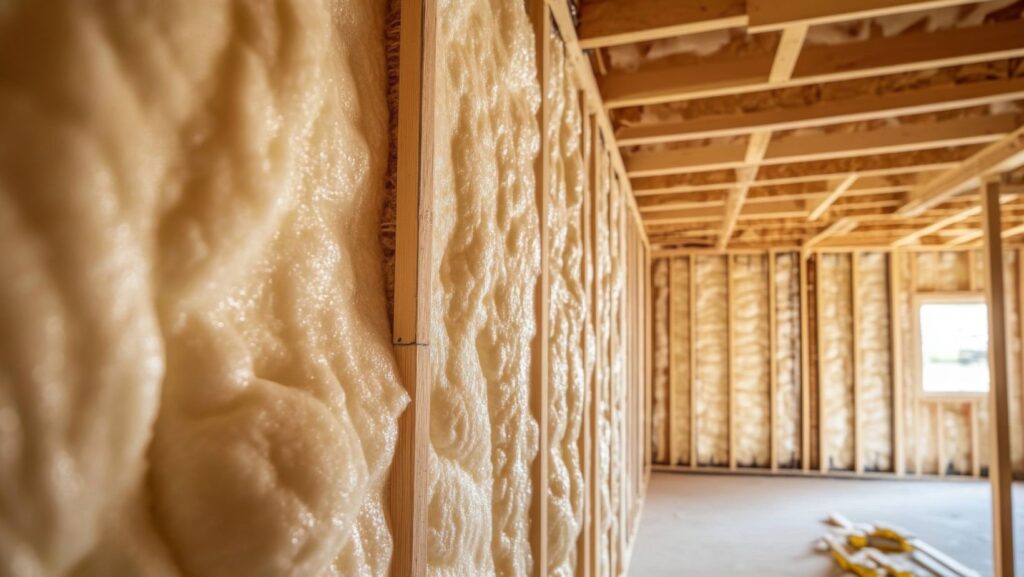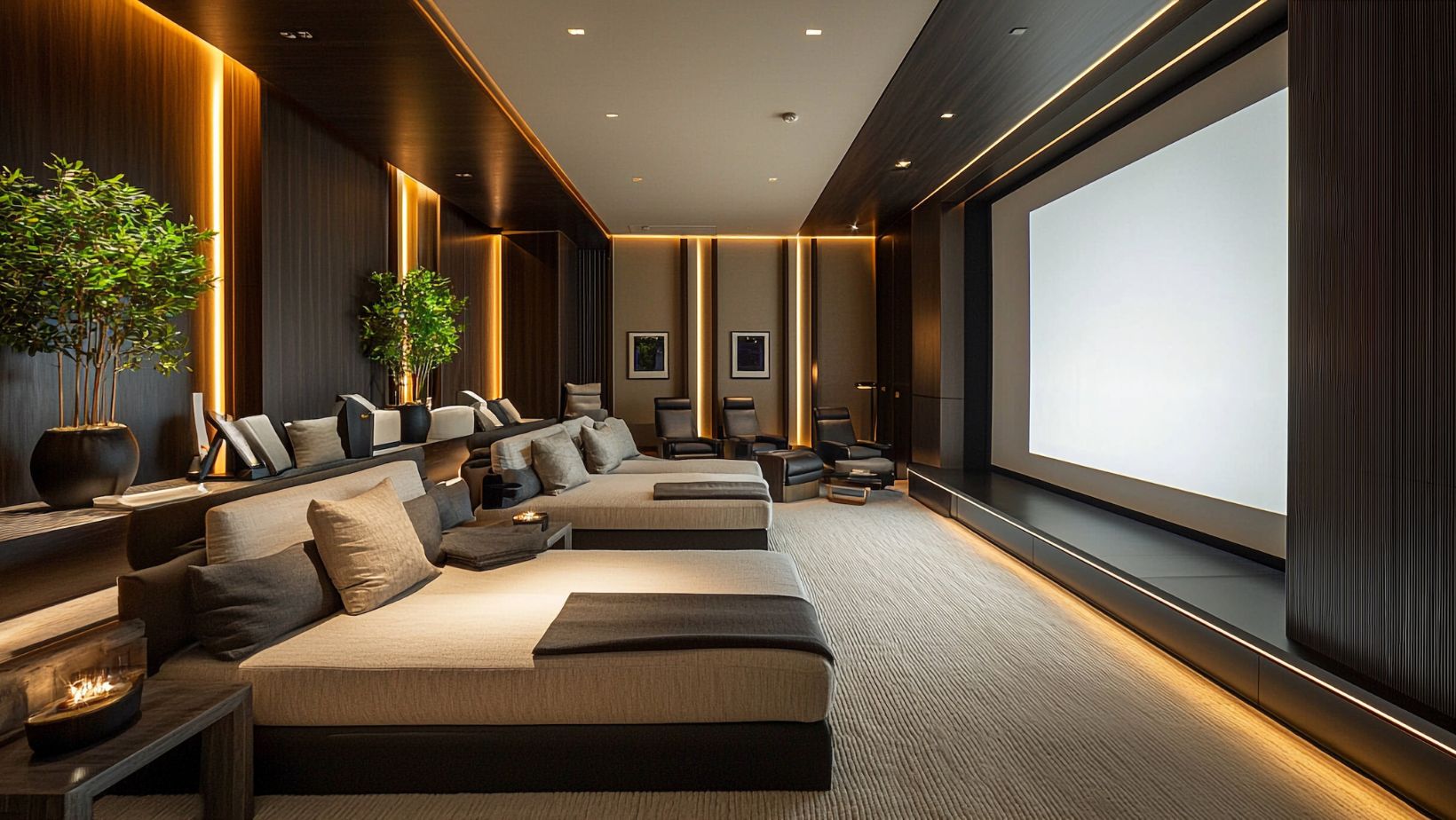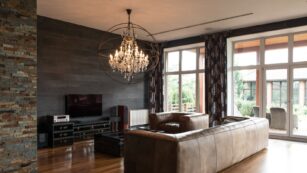
The way a room sounds can change how people feel in it. A well-balanced space helps conversations sound clear, music feel rich, and the overall atmosphere feel calm. On the other hand, a space with poor acoustics can feel loud, echoey, or dull. Many homes are built for looks, not sound. But with a few smart changes, anyone can improve how their space sounds. Creating good acoustics at home doesn’t need to be expensive or complicated.
Why Room Acoustics Matter
Acoustics is the study of how sound behaves in a space. At home, this affects daily life more than most people think. When sound bounces too much, it becomes hard to hear someone talking. Music may sound sharp or messy. In quiet moments, even small background noises can feel louder than they should.
Sound should feel smooth and clear. That’s what balanced acoustics can do. Good sound quality can make a home theater feel more like a real cinema or a living room feel more peaceful. It can also improve sleep, help with focus, and reduce stress.
How Room Shape and Size Affects Sound
The shape and size of a room change how sound moves. In small rooms, sound can bounce around quickly. This can make everything feel louder. In large rooms, sound can fade before it reaches every corner. Square rooms often reflect sound in ways that cause odd echoes or make some spots louder than others.
High ceilings may cause sound to feel far away. Long, narrow rooms often carry excess noise from one end to the other. Even oddly shaped rooms with slanted walls or curves can make sound act in strange ways.
It helps to notice how sound behaves in a room before adding anything. A simple test like clapping your hands and listening for echoes can reveal a lot.
The Basics of Sound Control
To improve the way a room sounds, it’s important to focus on three things: reflection, absorption, and diffusion.
- Reflection is when sound bounces off hard surfaces like glass, tile, or bare walls. Too many of these surfaces cause echoes.
- Absorption happens when soft items, like curtains or rugs, soak up sound. This helps reduce the sharpness of echoes.
- Diffusion spreads sound evenly so it doesn’t get trapped in one area. Uneven surfaces like bookshelves or textured panels are good at this.
Most rooms need a mix of all three to sound balanced. In a bedroom, rugs and soft furniture might handle most of the work. In a home office, adding sound panels to reduce echoes can help during video calls. Sometimes, it’s hard to know where to start. That’s when professional design assistance can make a big difference. An expert can guide the layout and help choose the right acoustic treatment materials for better sound.
Picking the Right Soundproofing Materials
Every part of a room can affect how it sounds. Some surfaces make noise bounce around. Others help soften or block it. Here are a few examples:
- Floors: Hardwood or tile can make a room sound sharp. Rugs or carpets can soften the space and lower echo.
- Walls: Bare walls reflect sound. Hanging fabric, acoustic panels, or even a large canvas can help absorb sound.
- Windows: Glass lets sound reflect easily. Heavy curtains or blinds help absorb noise and make a room quieter.
- Furniture: Sofas, cushions, and padded chairs can act as natural sound absorbers. Even a bookcase full of uneven items can help scatter sound.
Adding these items doesn’t just make a room sound better—it also makes it feel cozier and more inviting.
Speaker Placement and Sound Systems
If a gaming room has speakers, their placement matters a lot. Even expensive systems won’t sound good if they’re in the wrong spot. Putting speakers too close to walls can cause sound to boom or echo. Speakers should face the listener and sit close to ear level when possible.
In a home movie theater, sound should come from all directions to feel full. The subwoofer, which handles low sounds, works best when placed a little away from corners. Moving speakers around, even a few inches, can change how clear the sound feels.
Sometimes, people think they need better equipment. In reality, they just need better placement.
How to Deal with Unwanted Noise
Noisy neighbors, street traffic, or loud home appliances can ruin the sound in a room. These sounds can sneak in through windows, doors, or thin walls.
Here are a few simple ways to fix that:
- Use weather strips or door draft stoppers to block outside sound.
- Add thick rugs to reduce footsteps or creaks from upstairs.
- Use heavy curtains or window covers to stop outside noise.
- Place soft furniture near loud spots to absorb some of the sound.
White noise machines or soft background music can also help cover unwanted sounds without making a room louder.
Testing Your Room’s Acoustics
Before changing anything, take a moment to listen. Clap hands and see if the sound lingers. Play music or speak from different corners and check how clear it sounds. Try talking on the phone or holding a short video call. Do voices echo or feel too soft?
There are also simple apps that measure sound levels or echo times. These tools are helpful but not required. Often, a person’s own ears can notice acoustic issues and point out what needs fixing.
Conclusion
The sound of a room can change how it feels and how it’s used. Good acoustics help people hear clearly, relax more easily, and enjoy everyday activities like music, watching favorite movies, or conversations. With the right mix of soft materials, smart placement, and a few changes, any space can sound better. Small fixes often lead to big results. Paying attention to sound turns a regular room into one that feels truly complete.













